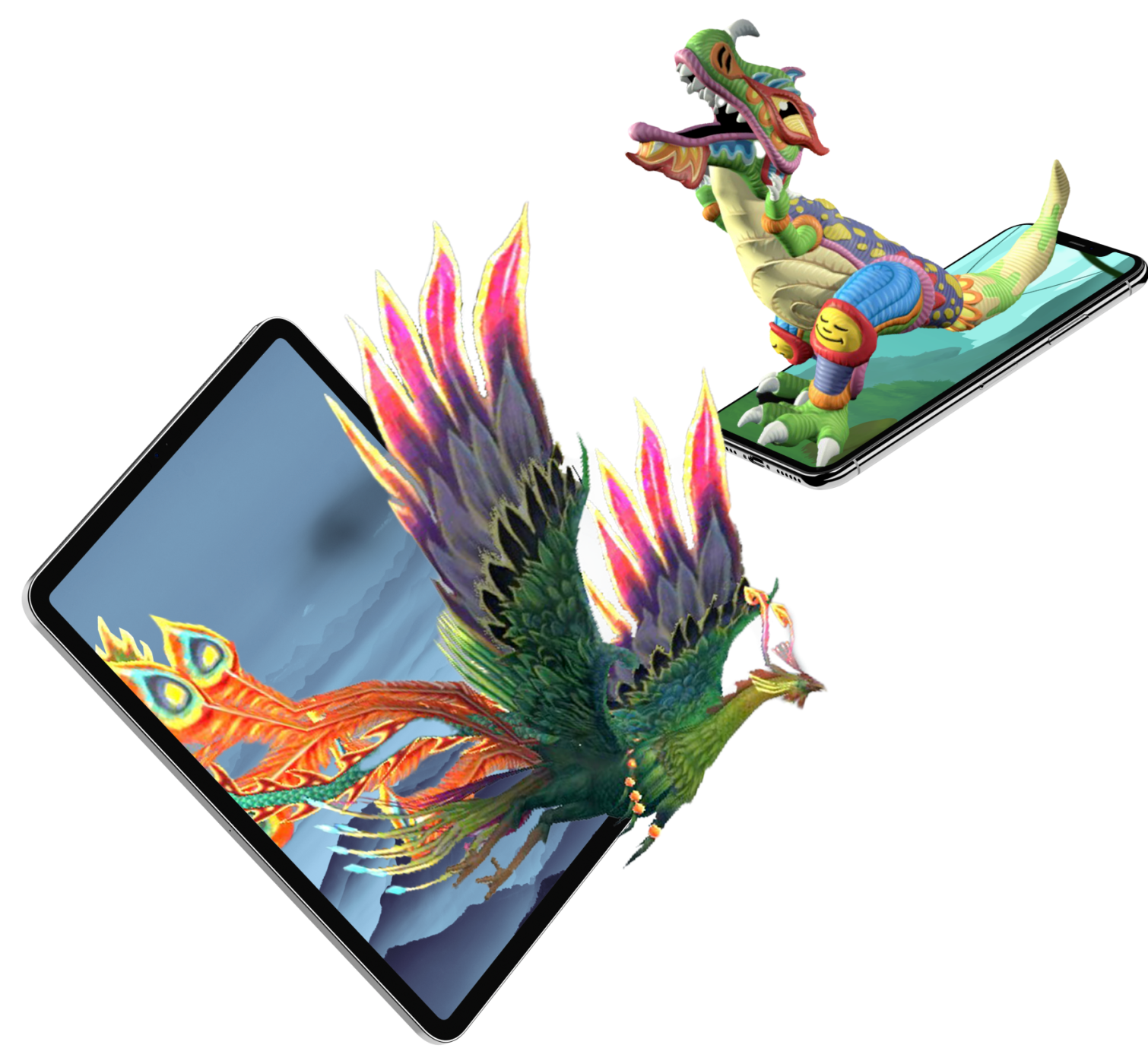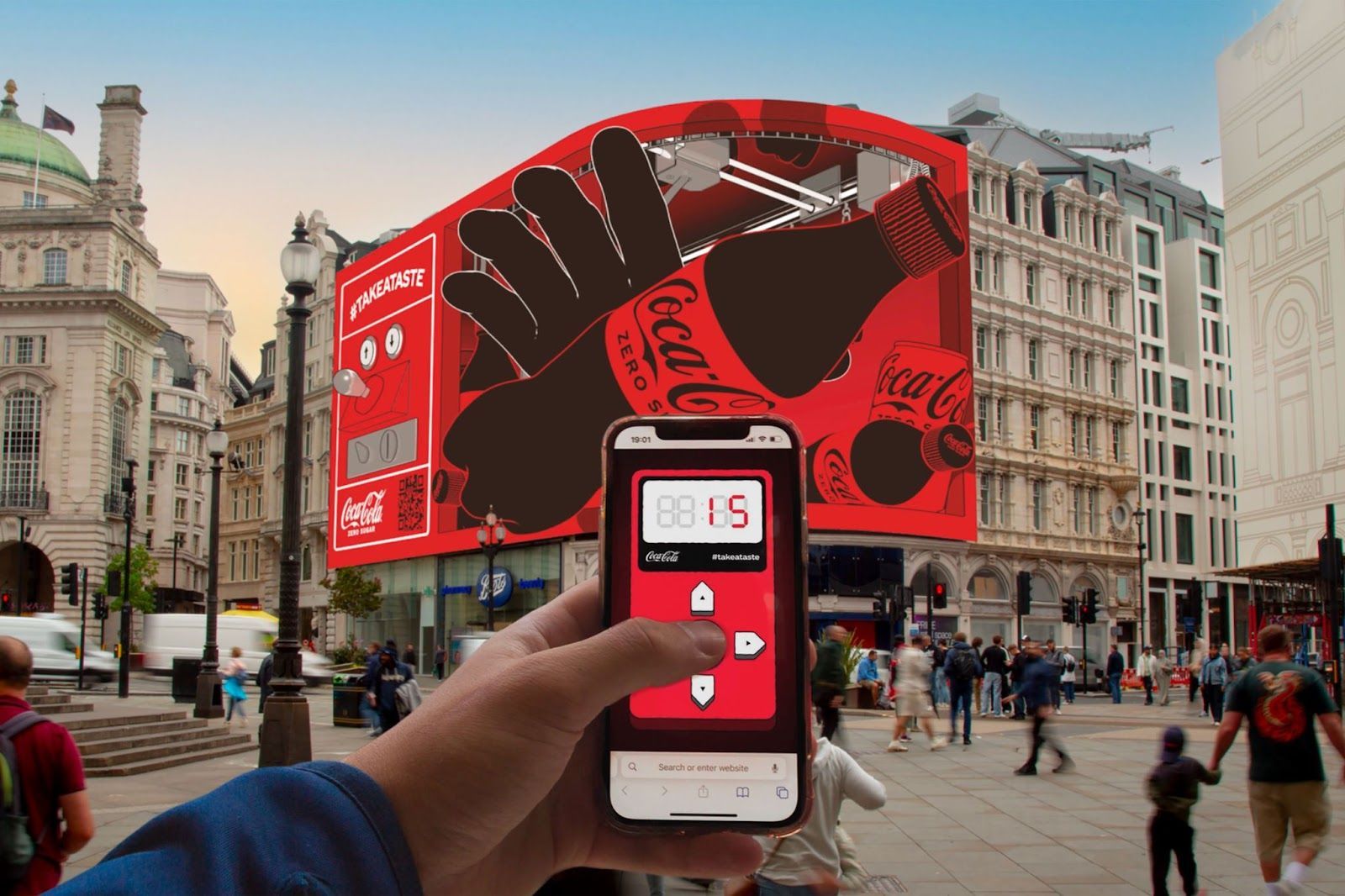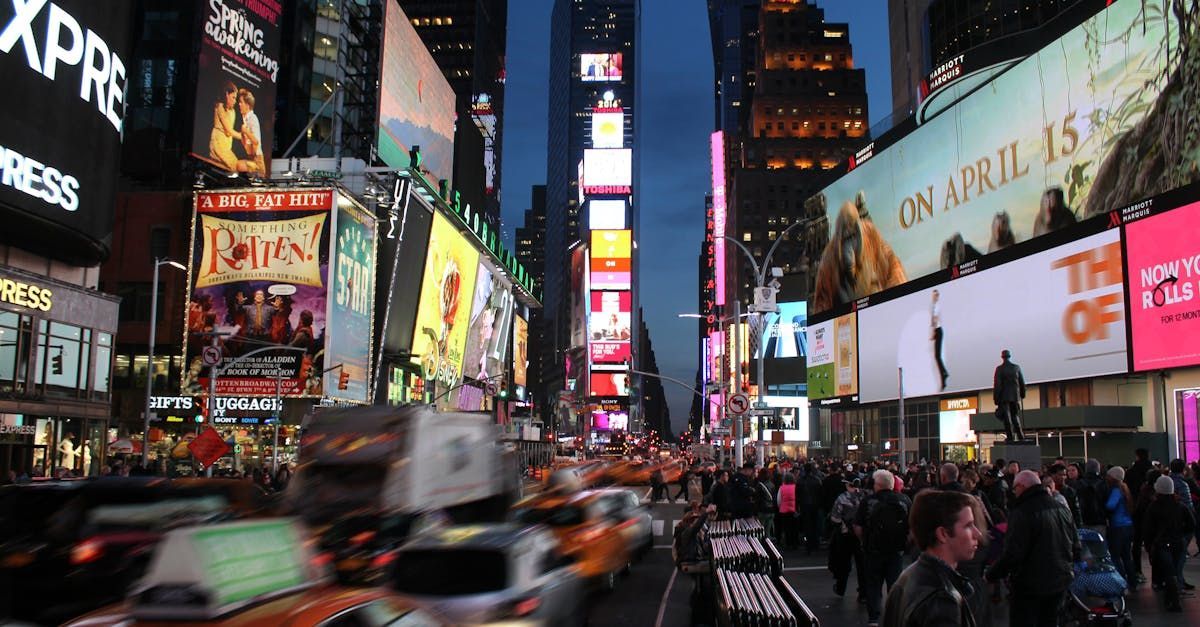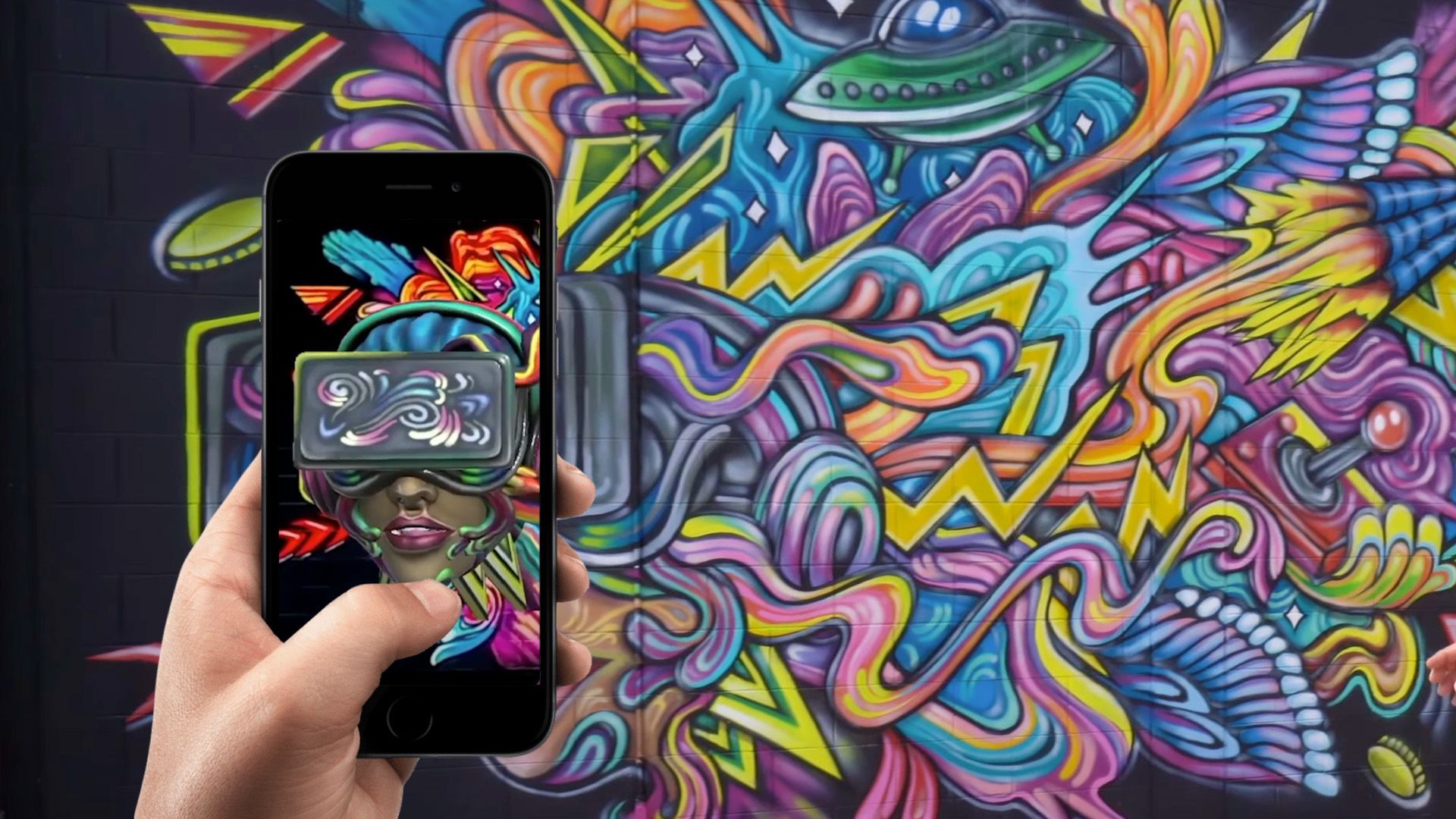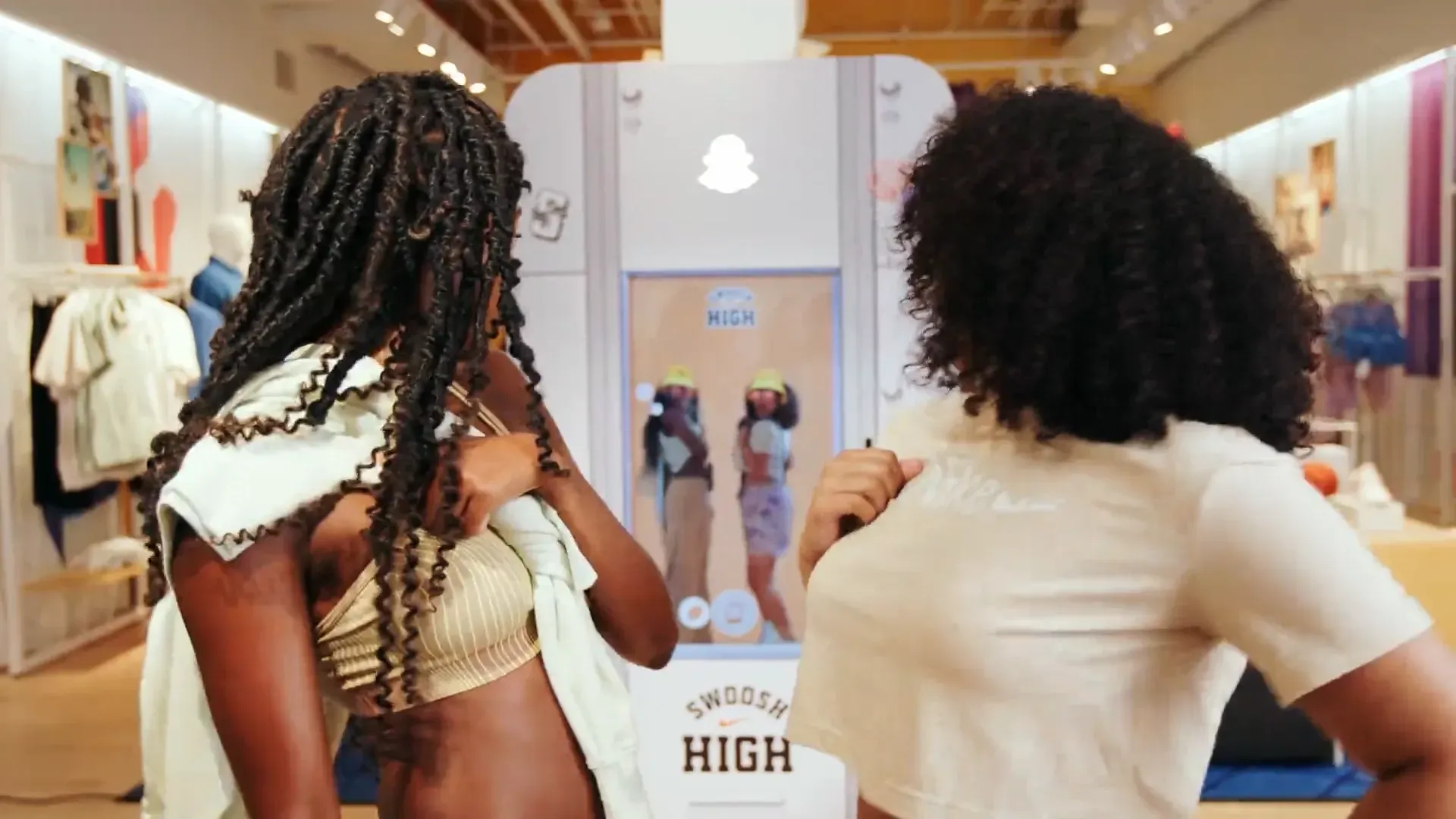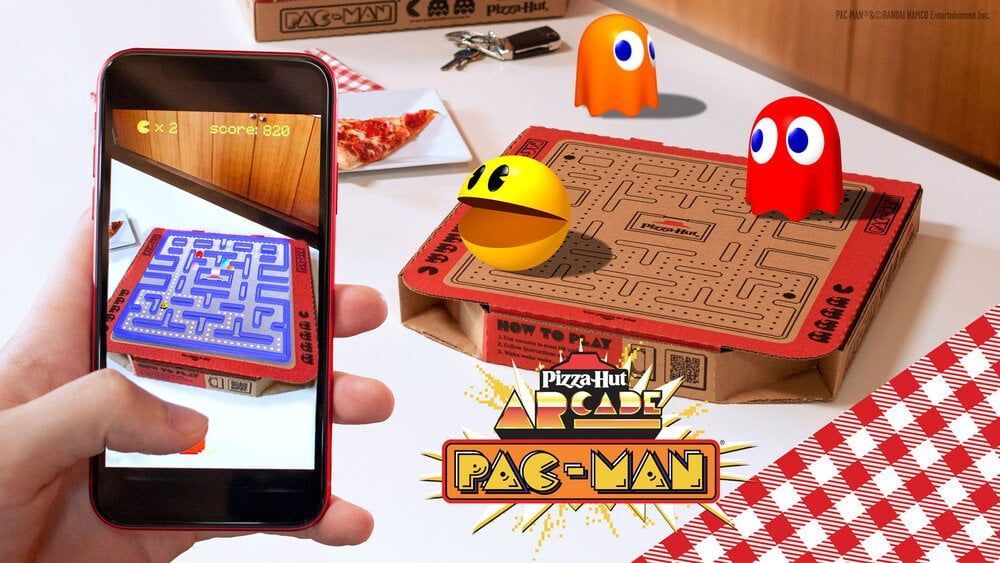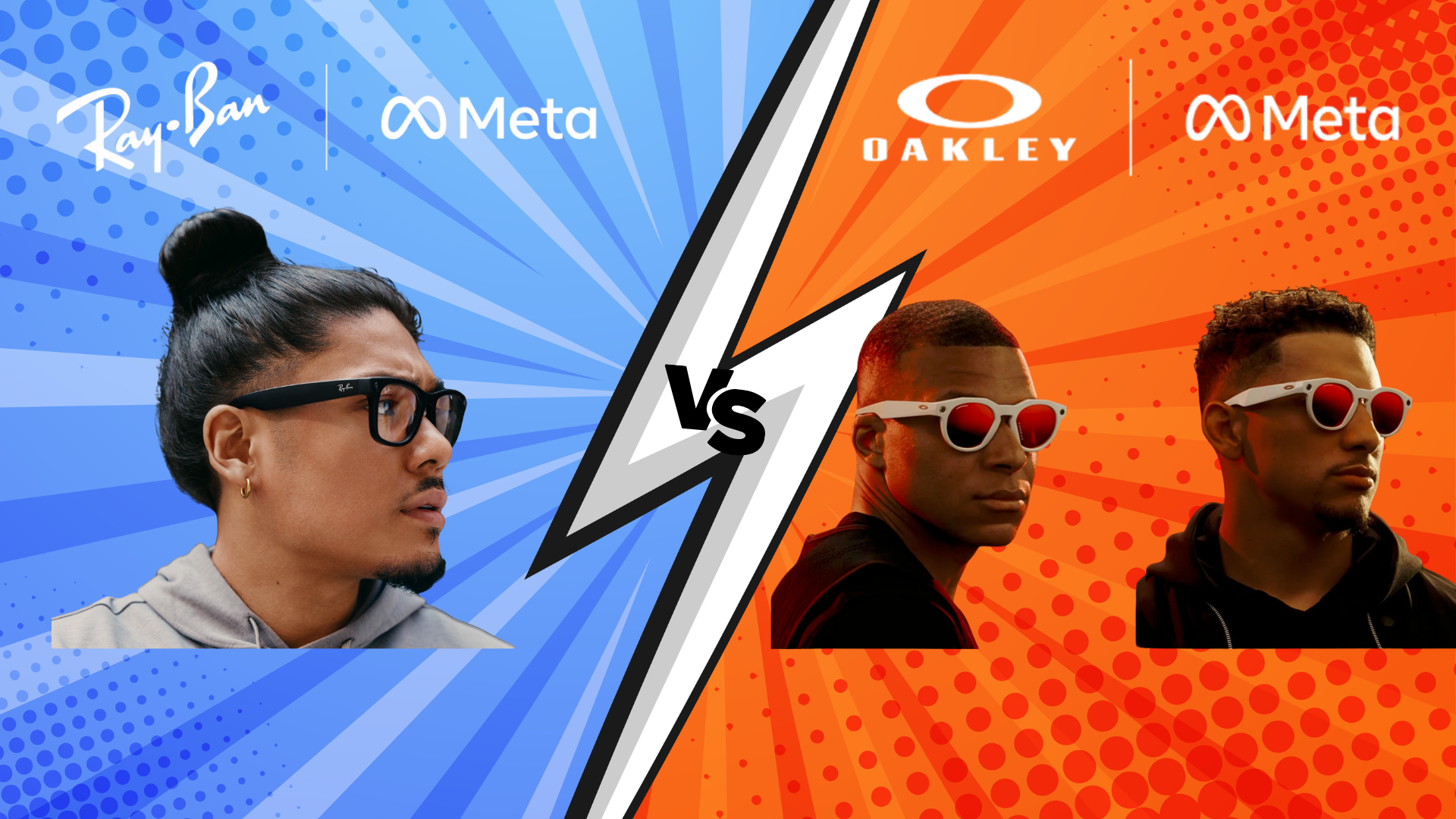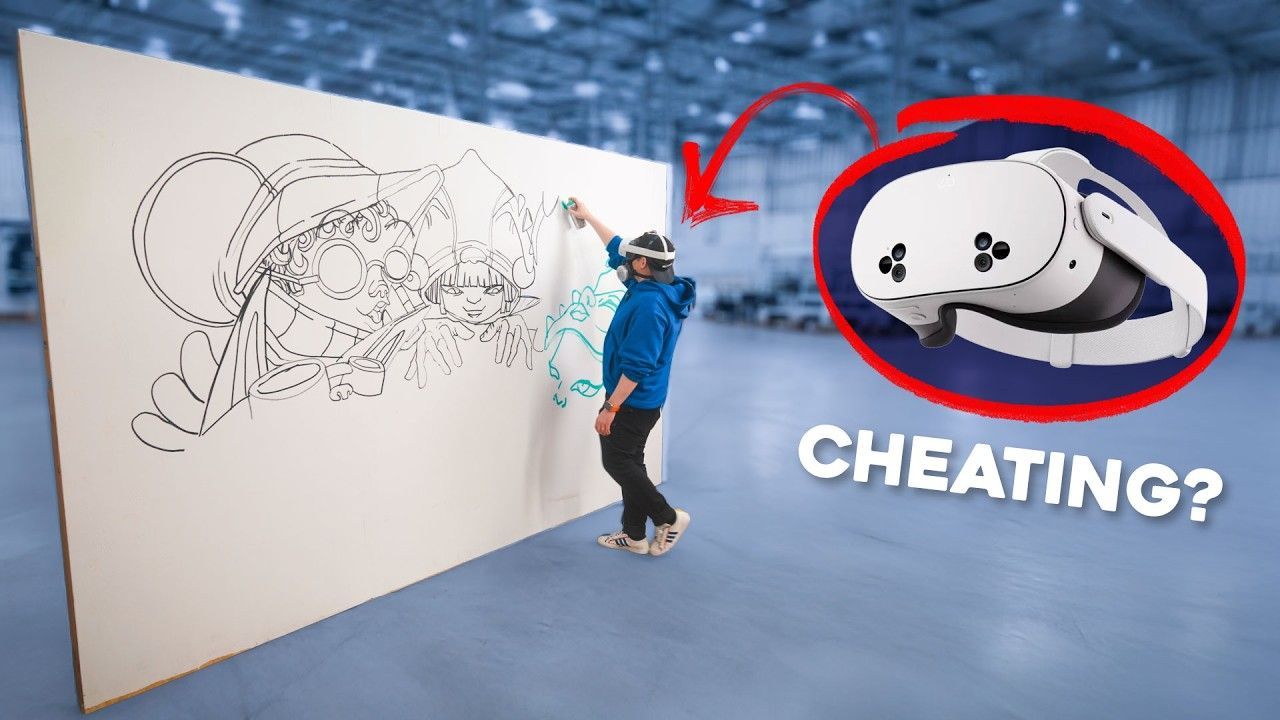Using Augmented Reality for Meetings: A Game Changer in Business Communication
Introduction
In the world where remote work has become the new norm, the usage of cutting-edge technologies like augmented reality (AR) and virtual reality (VR) are gaining momentum in conducting business meetings.
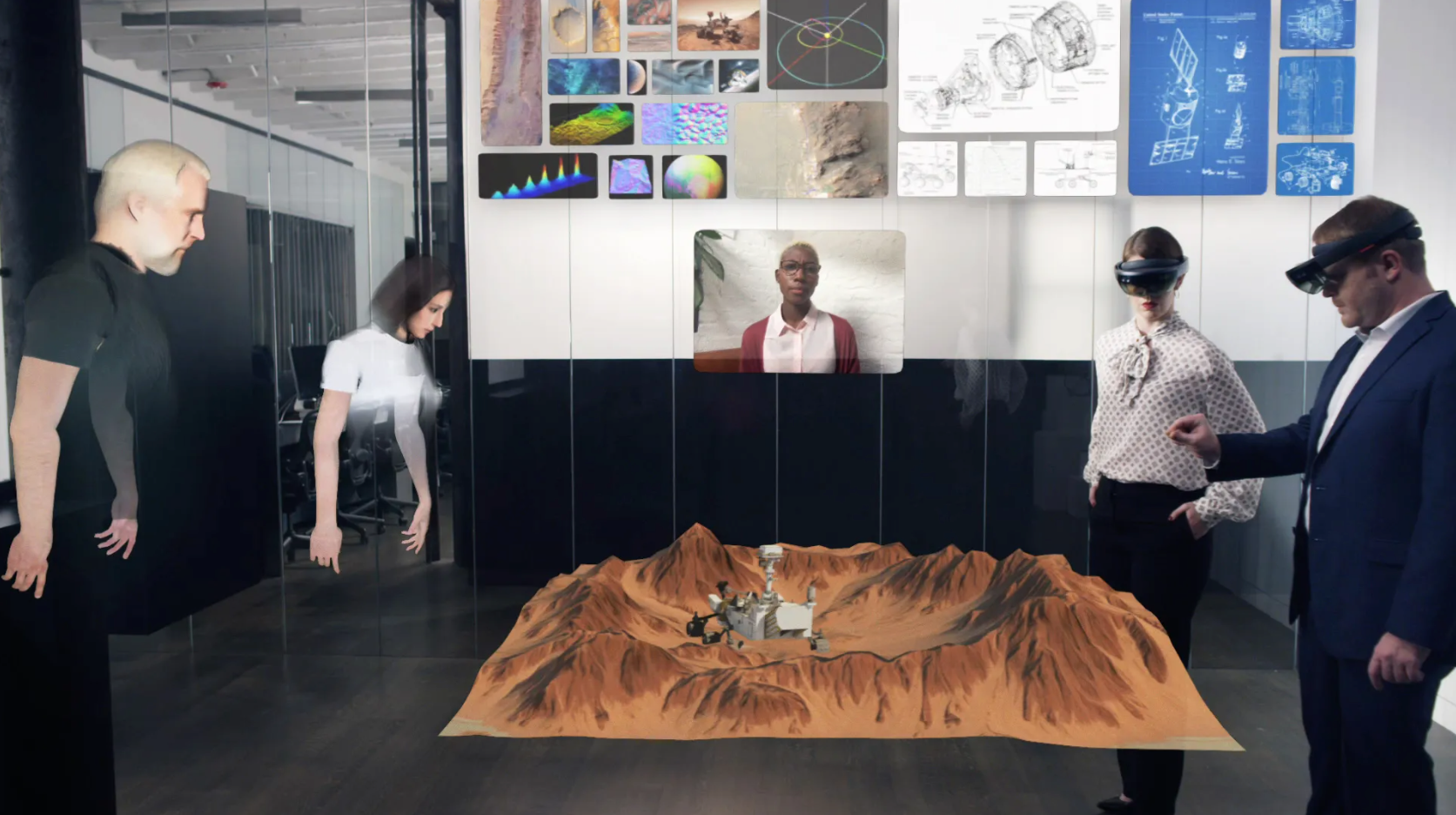
The Rise of Augmented Reality
AR and VR: A Revolution in the Tech World
The advent of AR and VR is transforming the way we communicate and collaborate. It's like stepping into a virtual room, enabling an immersive experience that takes our interaction beyond the four walls.
Virtual Room: An Overview
A virtual room is a digital representation of a physical space that brings users together in a simulated environment. It combines real life elements with computer-generated enhancements to create mixed reality experiences.
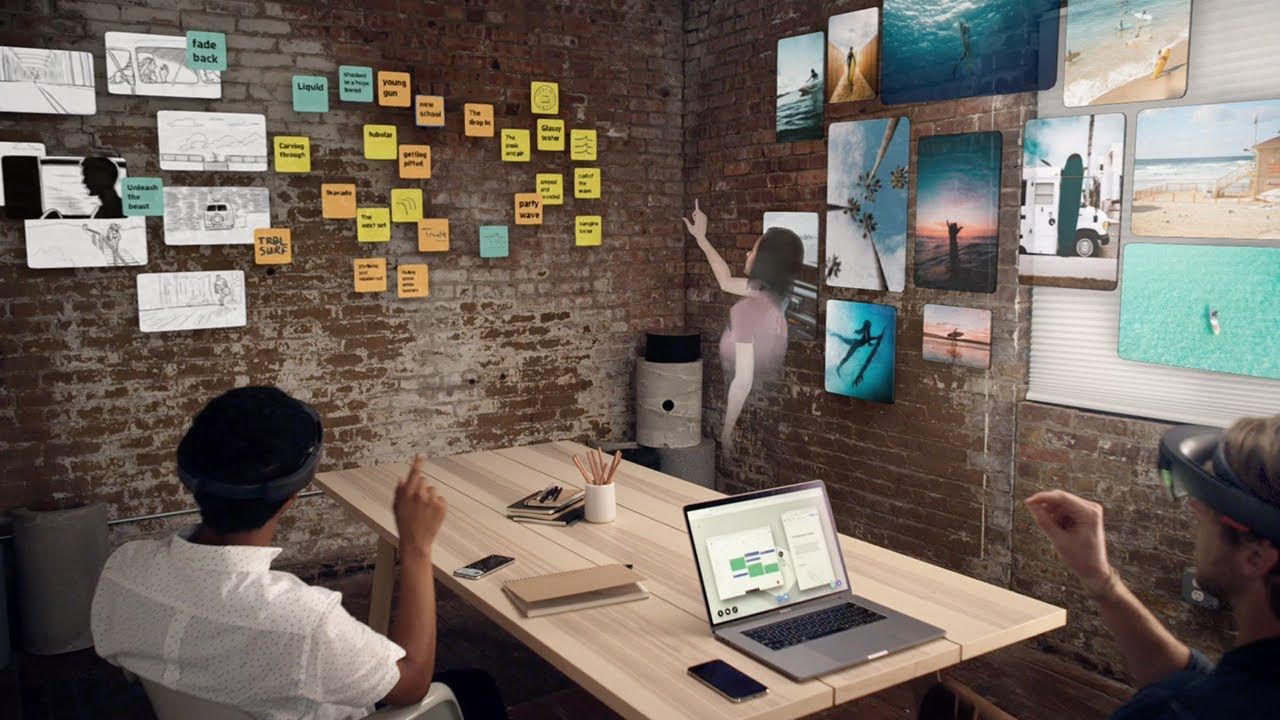
Augmented Reality for Meetings
Changing the Face of Business Meetings
AR is reshaping the face of business meetings by integrating the virtual and real world, providing a new level of engagement and real-time interaction that goes beyond the typical video call.
Bridging the Gap in Remote Work
As work from home continues to be a mainstay, AR offers a unique solution to bridge the gap between remote team members, making everyone feel like they're in the same room.
Creating Augmented Reality Apps for Meetings
Creating AR apps specifically designed for meetings offers numerous benefits. These apps can transform the mundane meetings into dynamic, interactive experiences, making collaborations more efficient.
Immersive Experiences: Virtual Tours and Meetings
AR allows for virtual tours during meetings, opening up a world of immersive experiences. It provides an opportunity to explore locations, facilities, or products in real-time without leaving the comfort of your workspace.
Influence of AR on the Events Industry
AR's influence isn't limited to the corporate world. Event planners have begun to leverage this technology for meetings and events, offering a unique, immersive experience to attendees.
VR Technology: A Catalyst for Real Life Experience
By incorporating VR technology, AR can provide a more realistic environment, thus enhancing the effectiveness of meetings. With a VR headset, users can have a virtually real experience.
AR in Action: A Glimpse into the Future of Meetings
From sharing a 3D model of a product in real-time to collaborating on a digital whiteboard, AR's application in meetings is promising, pointing towards a future where physical location won't be a constraint.
The Role of VR Headset in Meetings
The VR headset plays a significant role in making AR experiences possible. It allows users to interact with the virtual elements in a way that mimics real life interaction.
Impact of AR on Team Members
AR enhances team members' communication, making discussions more visual and engaging. It fosters better understanding, collaboration, and productivity, transforming the way teams work together.
Transforming Physical Space to Virtual Space
AR transforms physical space into a virtual one, allowing us to merge the digital and physical worlds. This facilitates seamless collaboration, regardless of where you are.
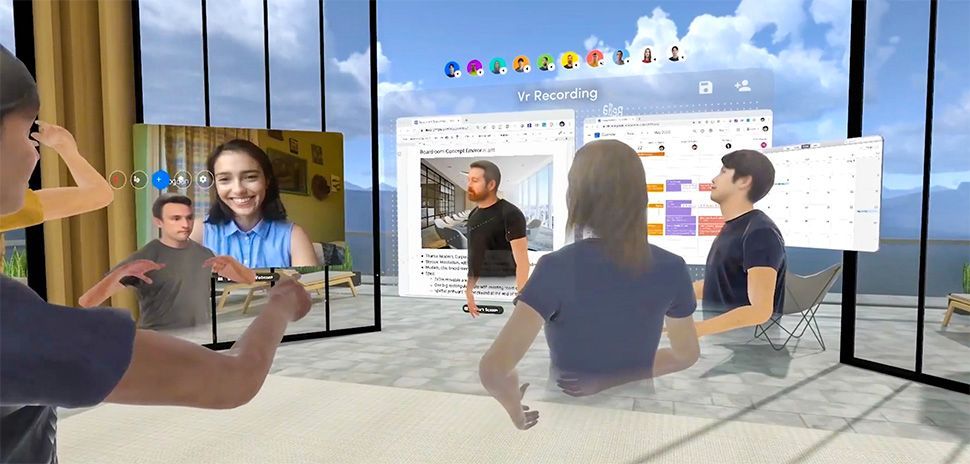
Conclusion
In conclusion, using augmented reality for meetings is revolutionizing business communication. With AR's ability to transform physical spaces into virtual ones, conduct virtual tours, and create augmented reality apps, we're not just talking about the future – we're living it.
FAQs
- What is Augmented Reality?
- Augmented Reality (AR) is a technology that overlays computer-generated enhancements onto a user's real-world view to make it more meaningful and interactive.
- How does AR influence business meetings?
- AR enhances business meetings by providing immersive, interactive experiences. It allows team members to feel as though they're in the same room, even when they're miles apart.
- What role does a VR headset play in AR meetings?
- A VR headset helps to create an immersive AR experience. It allows users to interact with the virtual elements of the meeting in a way that mimics real-life interaction.
- How can AR impact the events industry?
- AR can create unique, immersive experiences for event attendees. It can allow for virtual tours, interactive presentations, and more.
- Can AR apps be used for meetings?
- Yes, AR apps can transform regular meetings into dynamic, interactive sessions. They can provide 3D models, virtual tours, and other immersive elements that enhance the meeting experience.
TALK TO A PRO
We're here to bring your brand to life!
Stay Connected with BrandXR
Create Augmented Reality for Free!
Create, Publish, and Measure 3D Augmented Reality Experiences Without Having to Code.
